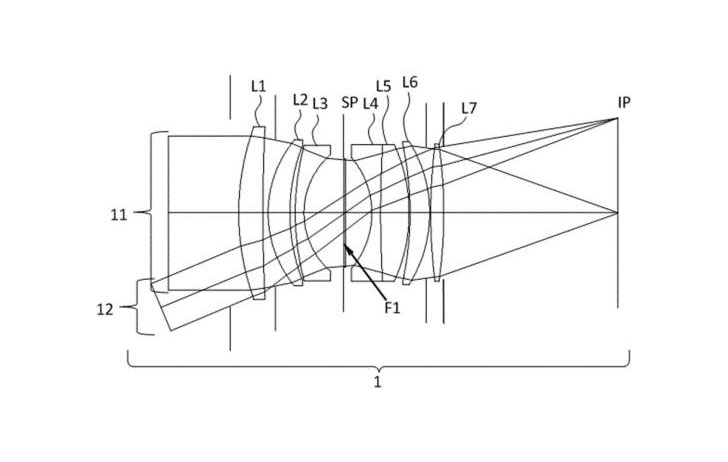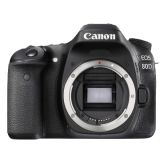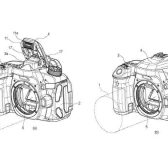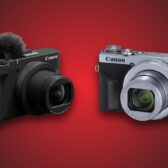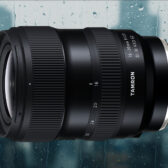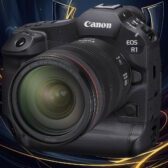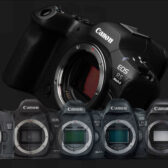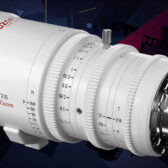As soon as I read this patent, I immediately thought of someone. The Canon Rumors community knows who I’m talking about.
This patent covers the optical formula for an EF 50mm f/1.4 with an apodization filter, perhaps this could be part of a new line of “DS” lenses, first started with the RF 85mm f/1.2L DS.
Canon EF 50mm f/1.4 Japan Patent Application 2019-056780:
- Focal distance 52.43mm
- F number 1.49
- Field angle 22.42°
- Image height 21.64mm
- Length of the lens 88.51mm
- BF 39.71mm
The goal of this patent is to improve the bokeh of the lens using new apodization technology that Canon has developed.
|
When you purchase through links on our site, we may earn an affiliate commission. Here's how it works. |


